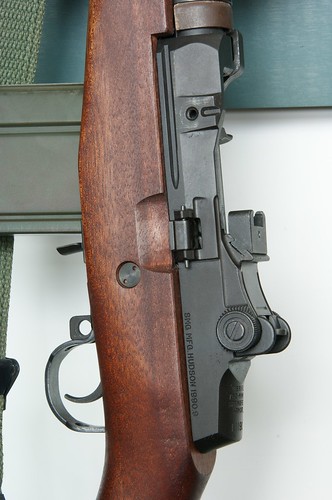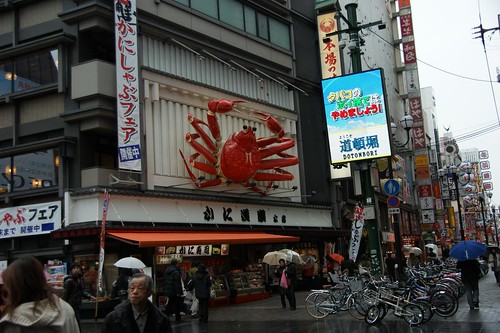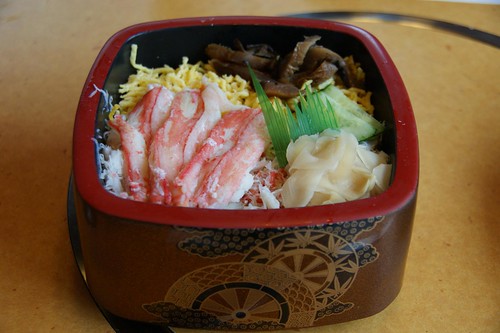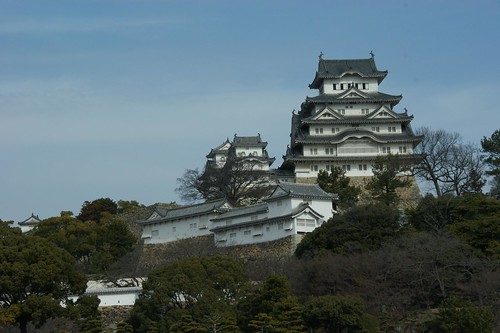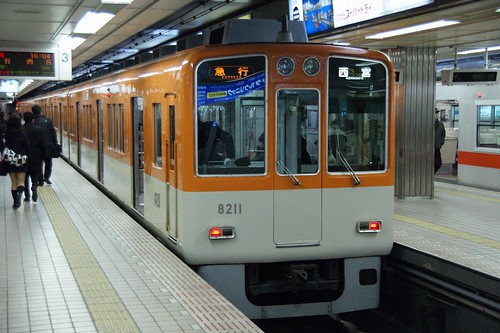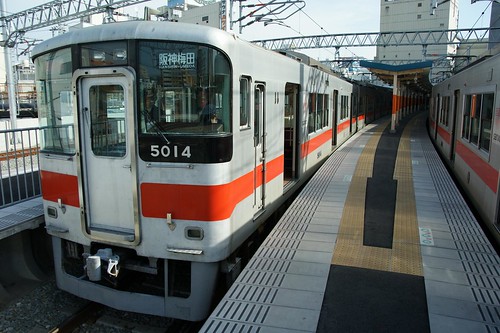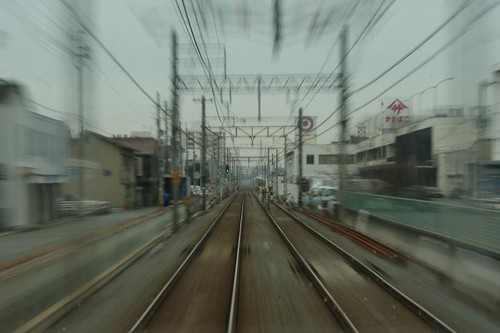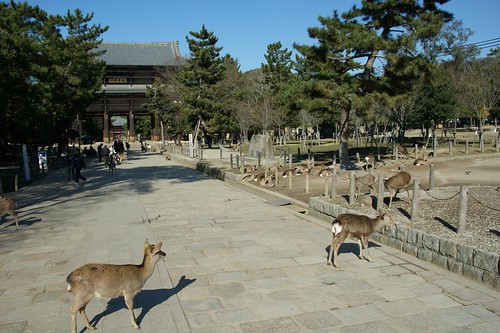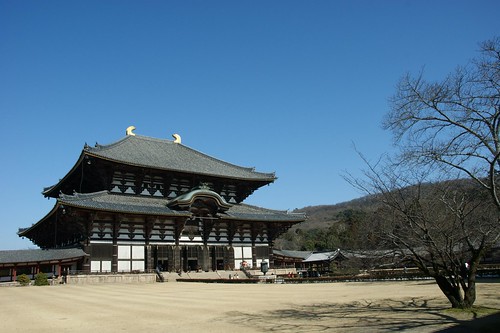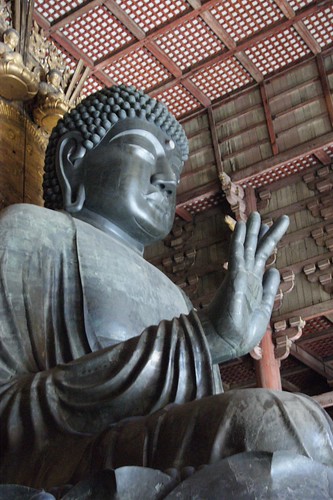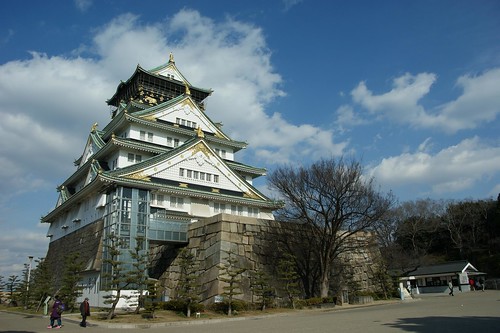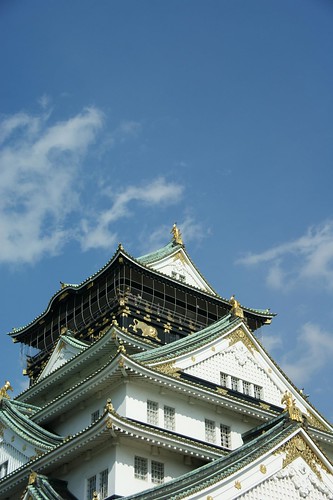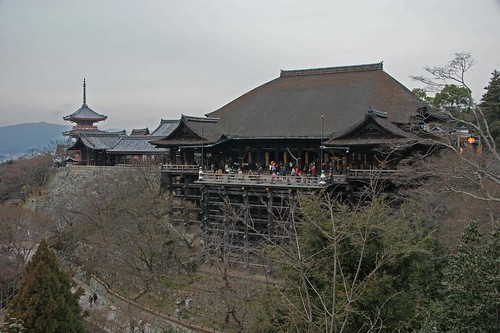M-14 is one of the major rifles in western countries after WW II; the other 2 are FN FAL and HK G3. M-14 has the worst performance among these 3 rifles, so it had a very short service life in US Army and replaced by M-16 assault rifle. But recently, US Army brought them back to battle field as sniper rifles after some modifications.
In 1967, US sold the production line to Taiwan to mass-produce the M14 for replacing the M1 Grand rifle and others. This local produced M14 was called Type 57, because the year for the first production was in 1968 which was year 57 in ROC calendar.
I love M-14 so much, because it was my best friend when I took military training at Cheng Kung Hill (成功嶺) and when I served in army in Matsu Islands (馬祖). M-14 is long and heavy, even kicks a lot when you fire it. But it is still a reliable friend.
Today Type 57 rifle was decommissioned from Taiwanese military forces and replace by various local produced rifles (T65, T86 and T91), but it is still popular on survival games' battle fields.
a M-14 EBR airsoft BB gun, M-14 EBR is an enhanced M-14

